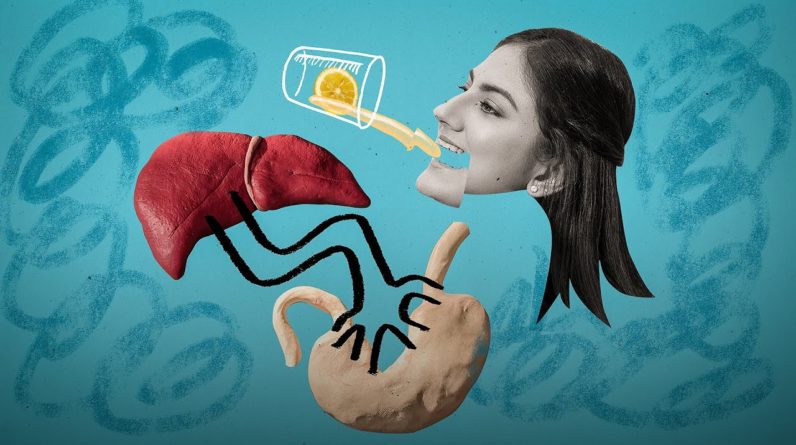
A human body contains 50 to 70% water, of
which about 2 thirds is located inside the cells, the other one third is in the extracellular
fluid and blood plasma. Water can move freely between different compartments
in the body, but its direction is determined by which compartment has more solutes, or
higher osmolality. As a rule, water moves from the more diluted
solution to the more concentrated solution – from lower to higher osmolality. Sodium, being the major extracellular solute,
is the principal determinant of plasma osmolality and the most important regulator of fluid
balance.
A normal blood sodium level is kept between
135 and 145 mmol/L. Hyponatremia occurs when blood sodium falls below 135, while hypernatremia
is when it exceeds 145. Clinical manifestations of sodium disorders
reflect disturbances in water movement in the most sensitive organ of the body – the
brain. In hypernatremia, high blood sodium levels
draw water out of the brain cells, causing dehydration and shrinkage. Whereas in hyponatremia, low concentrations
of plasma sodium drive water into brain cells, making them swell, causing edema. Both situations produce neurologic symptoms,
which can range from headache, confusion, to seizures, coma or even death.
Hypernatremia most often occurs because of
inadequate water intake, or excessive water loss or excretion. Water intake is regulated by thirst. When a decreased body fluid volume or an increased
plasma osmolality is detected, the brain perceives it as thirst and produces water-seeking behavior. Impaired thirst mechanism is a common cause
of hypernatremia in the elderly. The body loses water primarily by excreting
it in urine. Water excretion by the kidneys is mainly regulated
by vasopressin, a hypothalamic hormone that causes the kidneys to retain water in response
to low blood volume or high plasma osmolality. Impaired vasopressin release, renal dysfunction,
and use of certain diuretics, are common causes of excessive water loss through the kidneys. Fluid loss through the digestive tract is
normally negligible, but can be substantial in vomiting or diarrhea. Sweat loss though skin can be significant
in extreme heat or during excessive exercise. Chronic hypernatremia is treated with oral
hypotonic fluids, while acute or severe hypernatremia may require intravenous administration along
with constant monitoring to avoid overcorrection.

The underlying cause must also be addressed. For hyponatremia, treatment depends on the
body fluid volume: – In low volume, or hypovolemic hyponatremia,
both sodium and water levels decrease, but sodium loss is relatively greater. This commonly occurs due to loss of sodium-containing
fluids, as in vomiting and diarrhea, especially when loses are replaced with plain water. This type is managed by rehydration with isotonic
fluids. – In high volume, or hypervolemic hyponatremia,
both sodium and water levels increase, with a relatively greater increase in body water. This often results from fluid retention in
conditions such as heart failure, liver cirrhosis, or kidney failure; and is usually treated
with diuresis. – In normal volume, or euvolemic hyponatremia,
sodium level is normal, but there is an increase in total body water.
This can be caused by excessive water intake
combined with renal insufficiency, or syndrome of inappropriate ADH secretion, which causes
the kidneys to retain more water. This type is managed by restricting free water
intake and addressing the underlying cause. Premenopausal women are more susceptible to
acute hyponatremia with severe brain edema, perhaps because female hormones increase vasopressin
level, and inhibit the brain sodium-potassium pump, which pumps sodium out of the cell and
helps maintain normal brain volume. Acute or symptomatic hyponatremia is an emergency
and should be treated with intravenous hypertonic sodium chloride, but sodium levels must be
closely monitored to avoid overly rapid correction..







